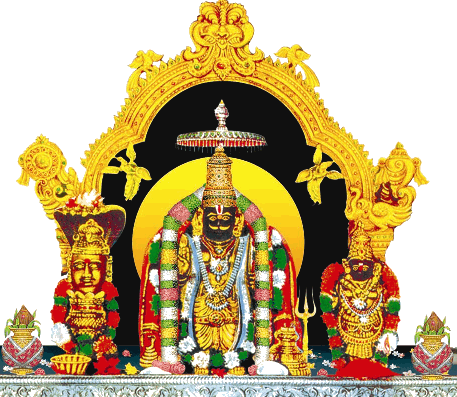About Us
Śrī Satya Nārāṇaya katha (narrative) comes from the Skanda Purāṇa, Revā khaṇḍa.Sūta Maharṣi is the one narrating these account to Śaunaka Muni, in Naimiṣāraṇya to the ṛiṣhis who were performing a 1,000 year yajña for the benefit of mankind led by Śaunaka.
In the stories characters who ignored their promise to perform the puja after their wish had been fulfilled suffered as a result. Therefore, one is to deduce that one must stick to the promise given to the Lord in exchange of the desire fulfilled by his grace.
One is not to ignore or forget the Lord’s Grace.Prasāda is symbolic of God's Grace which Kalāvatī ignored as she learned of her husband’s safe return. One can understand her eagerness in wanting to be re-united with her beloved, but one must understand that if one forgets to be thankful for gifts received from the Lord, one would have to go through another test until one remembers to remember.
Satya means “truth” and narayana means, “The highest being” so Satyanarayan means “The highest being who is an embodiment of Truth”.
Hindus throughout perform Sri Satyanarayan Vrat for the divine blessings of health, wealth, prosperity, opulence, education; relief from troubles and sickness.
Shri Krishna Janamashtmi, Ratha Yatra is most significant of all festivals of Saty Narayan swamy Temple.
There is a very ancient famous temple for Śrī Satya Nārāṇaya Svāmī at Annavaram, East Godavari district, Andhra Pradesh. (near Visakhapatnam ), India. This vratam is performed daily in Annavaram. Large numbers of devotees, many with families, visit the temple, offer prayers, perform this Vrata there, right in the temple.

